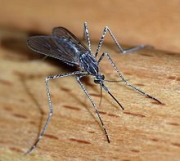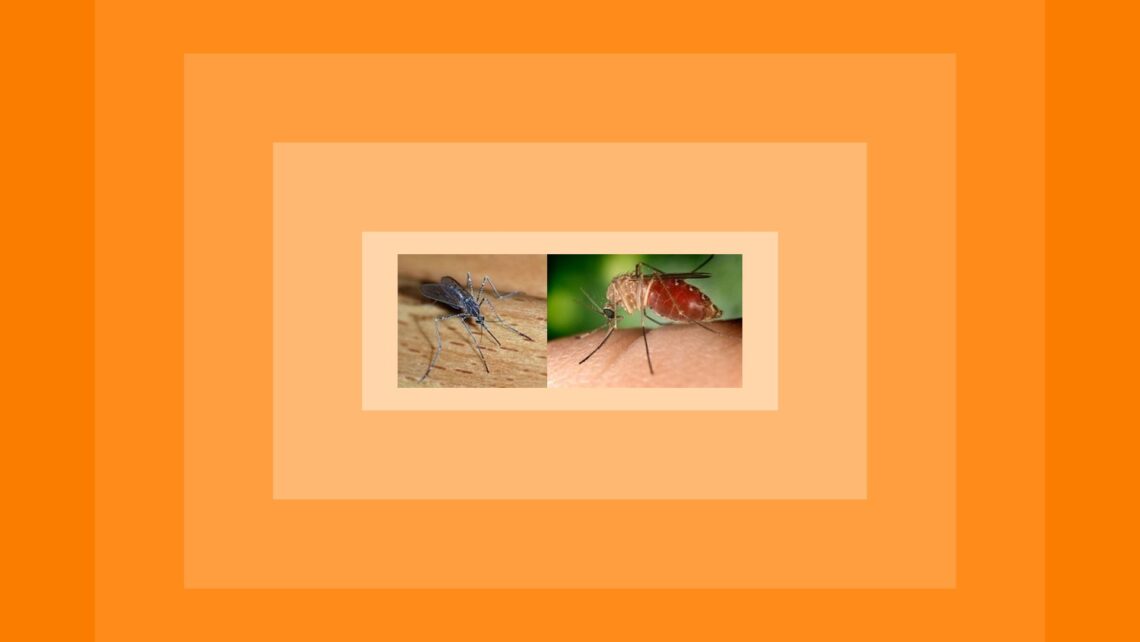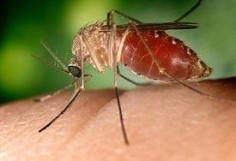Here at the Casa de Soltes, we take insect bites seriously. Whether they are bee stings, mosquito bites or tick bites, we watch them all carefully. I was reminded of that today when I saw a friend at a meeting just didn’t look right to me from across the room. It turned out, she’d been ill. As a matter of fact, she’d been in the hospital for three days with an insect bite that had turned septic.
Yes, they are all around us, those little critters that bite, sting or burrow, especial now in my little corner of the world, where the winter is extremely mild and the summer has set new temperature records.

We learned our lessons about bug bites the hard way when our son was little. He had one mosquito bite on his ankle that turned septic in a number of hours. It just so happened that I was near our son’s doctor when the bite went south. The pediatrician’s staff was very blasé when I arrived without an appointment and asked them to take a quick look at our son’s ankle. The nurse was kindness in itself. “Mrs. S., really, as a new mother, you must understand that insect bites are a part of life and you can’t just bring your son here every time he gets bitten.” I countered with, “Okay. I understand. But just humor me here and take a quick look just to be sure.” “Quick” was the operative word because our son was in a treatment room within seconds after the nurse actually looked at his ankle. That was when I had my first hands on lesson on lancing and drainage procedures.
Round Two for him was another seemingly innocent mosquito bite on the side of his face between the jaw and the lower lobe of the ear, a year or so later. The whole side of his neck swelled up. This time, I had time to call ahead and the nursing staff suggested I bring him in for a “look/see”. Again, the doctor was very casual about the whole thing until he saw the swollen area. That resulted in my son’s chart being marked with “All reported insect bites MUST be examined immediately” in very large red letters.
Round Three happened a few years later and after I had been introduced to homeopathy. My son mentioned that his knee hurt him. Of course it conveniently happened on a holiday week-end at about 9 p.m. at night during a major storm. He wasn’t very clear about exactly how it hurt. Then he said, “I think I was bitten behind the knee.” This time armed with some basic knowledge of homeopathy, we were in a better position to deal with the bite ourselves. Without homeopathy, we would have spent that night waiting at the local hospital emergency room for help.
Since then, we’ve had an assortment of bites to deal with ranging from a piece of the mosquito’s proboscis embedded in the bite (which I can personally testify to as a thoroughly unpleasant experience), numerous bee stings, a few wasp stings, one tick bite and at least two suspected spider bites. So far, we’ve managed to avoid the fleas and the bedbugs, and I sincerely hope our luck in that area continues to hold out.
I have three books in my homeopathic library that are my quick, reliable reference guides. When the panicky phone call comes in because someone has been stung or bitten, I reach for these. They work for me personally because the author’s description of the symptoms resonates with me and I can find the answers quickly and easily. An out of state friend found another volume that works well for her. I added a copy to my reference library so that if she needed help, I could easily say, “Look on page so and so. The remedy is there.”
All three of my go-to references recommend Ledum as a first line of defense for insect bites and stings. Ironically, I’ve never had it available when a bite has occurred.
For us, the basic remedy for most of the bites is usually Apis. These are usually things like bee stings that are hot, red and shiny. With my son’s first bite and his bite behind the knee before they became infected, I’d have probably gone with Apis because the area, while hot, was ameliorated by cold compresses. Most of the time, Apis deals with the bite right away. Several friends have said that they now use Apis for mosquito bites and it works like a “miracle”.
However, when I slapped at a mosquito on the back of my hand Apis did not help the wound much. For weeks afterwards, the slightest bump or touch to the area would result in a large, raised, itchy lump appearing. Thinking perhaps there was a splinter embedded in my hand, my patient husband finally took a very close look with a magnifying glass. He discovered that I had inadvertently driven the mosquito’s proboscis into the skin. With 20/20 hind sight, Silica would have been a really good move. My take away from that little episode was to “brush” the mosquito away rather than slap at it. Once that was removed, Ledum took care of the remaining wound quickly and efficiently.
My out of state friend received a mosquito bite very close to the inside of the elbow joint, along with two other locations on her arm. Apis banished the two smaller bites almost immediately, but the bite near the joint was actually getting larger. During a hasty telephone call, she mentioned that it seemed “cooler” to the touch than the other bites had been. One dose of Ledum addressed the issue and the healing started promptly.
When treating the back of my son’s knee, the bite had advanced well past the Apis stage and a large abscess had formed under the initial puncture wound. Due to the amount of pus involved, we chose Hepar Sulphuris Calcareum. It assisted with draining the abscess almost immediately and within hours the inflammation around the area was markedly reduced. Within a day or two, the only sign of the injury was a small scab over the initial bite site.
This year’s crop of mosquitoes seem to be particularly nasty and I’ve already had three calls about bites located on areas of the body where there is only a thin layer of skin over tendon and bone, such as the back of the hand and the top of the foot. Because of this, I’ve been recommending that Calendula ointment be applied and the site covered with a band aid. This protects the bite from friction with bedclothes or socks and shoes and reminds the victim not to scratch the site.
Various parts of the U.S.A. are currently dealing with a mosquito borne illness called West Nile Virus, which is transmitted by the little darlings. Patients exhibit the range of symptoms similar to influenza. In this type of situation, the issue is not the insect bite, but the subsequent illness. This has become so widespread in the Dallas, Texas area, that there had been a published plea from the municipalities requesting that the residents not call 9-1-1 for mosquito bites. Sadly, there have been a number of deaths attributed to this virus, also.
For those in the more tropical regions, there is dengue fever, locally referred to as “bone break fever” that our little winged friends also deliver. Dengue fever has similar characteristics to influenza, but patients often complain they feel like their bones are breaking. There can also be a measles like rash. Eupatorium is often indicated for these types of symptoms.
Since I am not a medical professional, here are some of the key things we’ve learned along the way:
First and foremost, there are some bites and stings that require immediate medical intervention. These usually involve difficulty breathing, sweating, numbness, swelling in the mouth or throat. Call for medical assistance. Homeopathic remedies can be administered by rubbing the tincture on the wrist area while the ambulance is on the way.
If you do have a bite that exhibits red lines radiating from it, you need professional help. My first homeopathic teacher used to say over and over again, “Don’t be a homeopathic martyr. If you need professional help, don’t mess around.” If you feel you must take homeopathic remedies, have it, but do it on the way to the doctor.






very informative article
Indeed a good example of “daring to be different”!
And yes, besides adding to your knowledge and experience, also saves you from costly medical treatments!
The father of Homoeopathy would surely take pride in seeing this!
Very good story. Thanks, Mrs. Soltes.